What an outrageous time in Pondicherry! Pondicherry is in South-Eastern India, Tamil Nadu state. It was a French colonial settlement until 1954; therefore, its architecture has an eclectic French-Indian twist. Over the past few months, I have been exploring what radical generosity looks like in the public space. There are many kupu (words) in Te Reo Māori for generosity, illustrating the diverse ways generosity can be experienced. These kupu describe generosity in India well: tuwhene (surplus, excess), oha (abundance, plenty), nihowera (an extravagant host), māhorahora (open, generous without constraint). I listed my hopes for generosity in Aotearoa’s built environment – and 90% are fulfilled in Pondicherry.
- Sustainably conscious – natural local materials with low embodied energy
Although rubbish is everywhere and there is no structured recycling system, people reuse things creatively, far more than Aotearoa. Traditional woven thennolai (coconut leaves) form rooves and fences – like indigenous use of raupō whare in Aotearoa. This vernacular form of construction matches the ventilation needs of this hot Indian state. There is a beautiful intersection between nature and buildings – green growth is abundant with perfect soil and weather conditions.
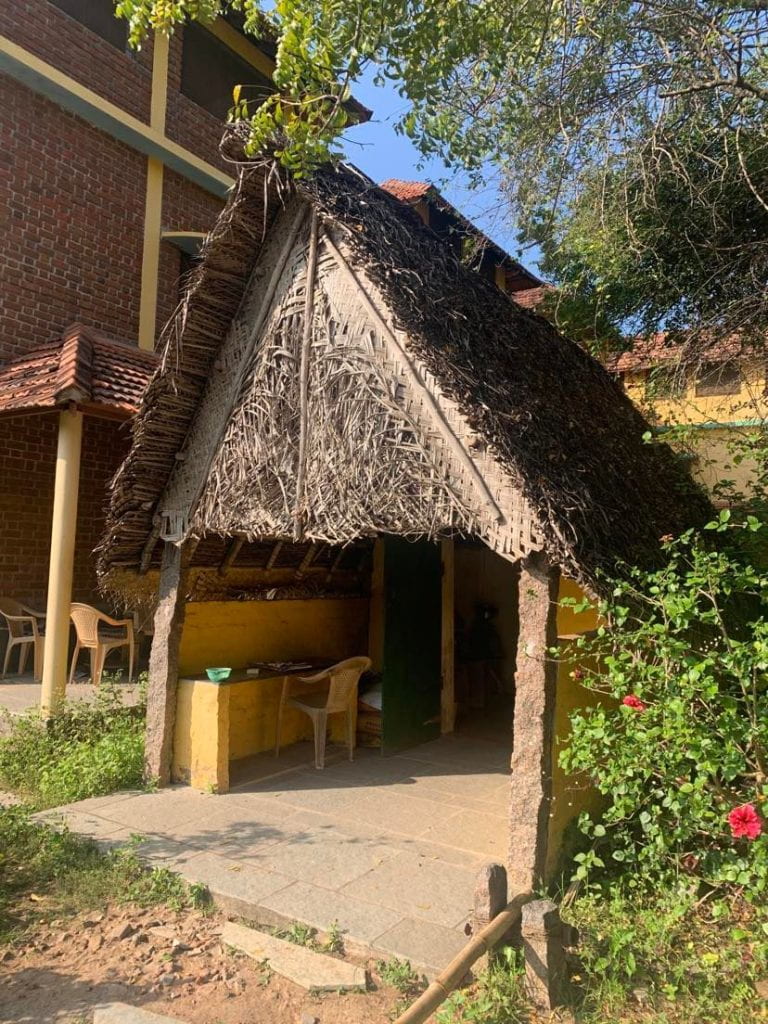
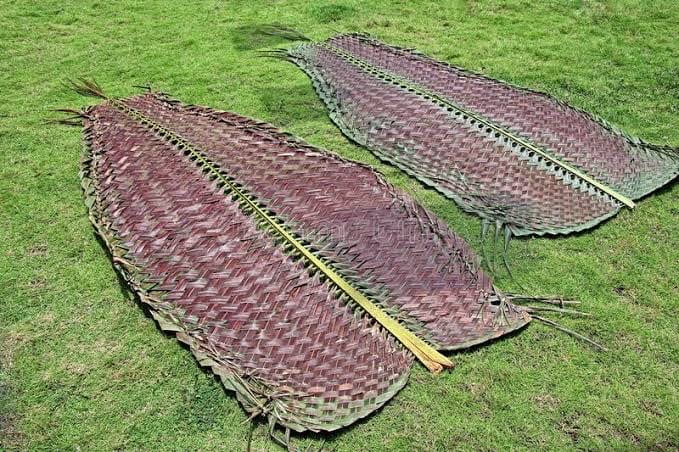
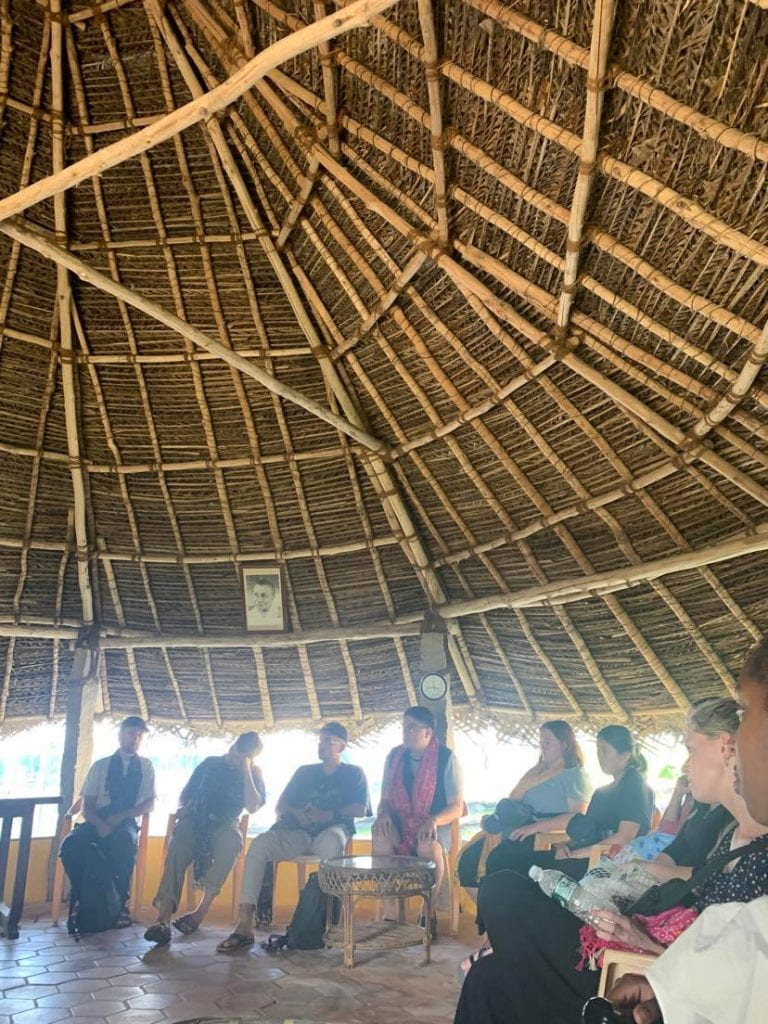
- Flexible spaces with multiple uses
One space or building is often used for multiple purposes throughout the day. This road is pedestrians in the morning and used for motor vehicles during the day. The street holds a semi-permeable boundary between homes, shops, transportation zones, and public space. Everything is temporal and dynamic in comparison to static spaces in the West.
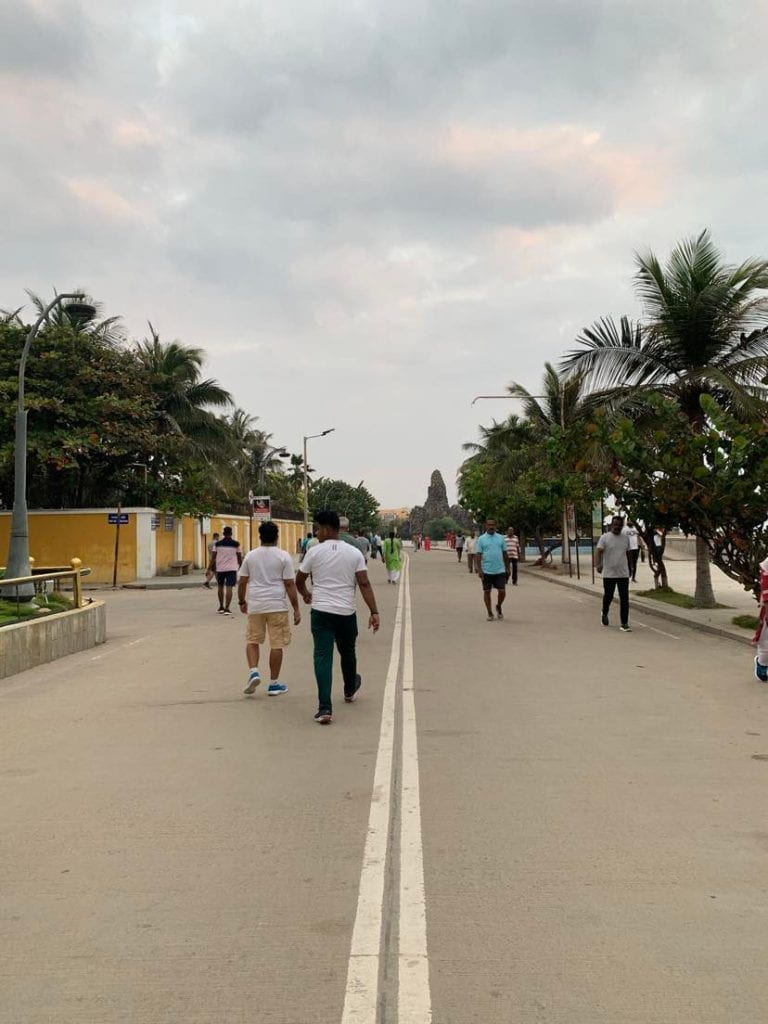
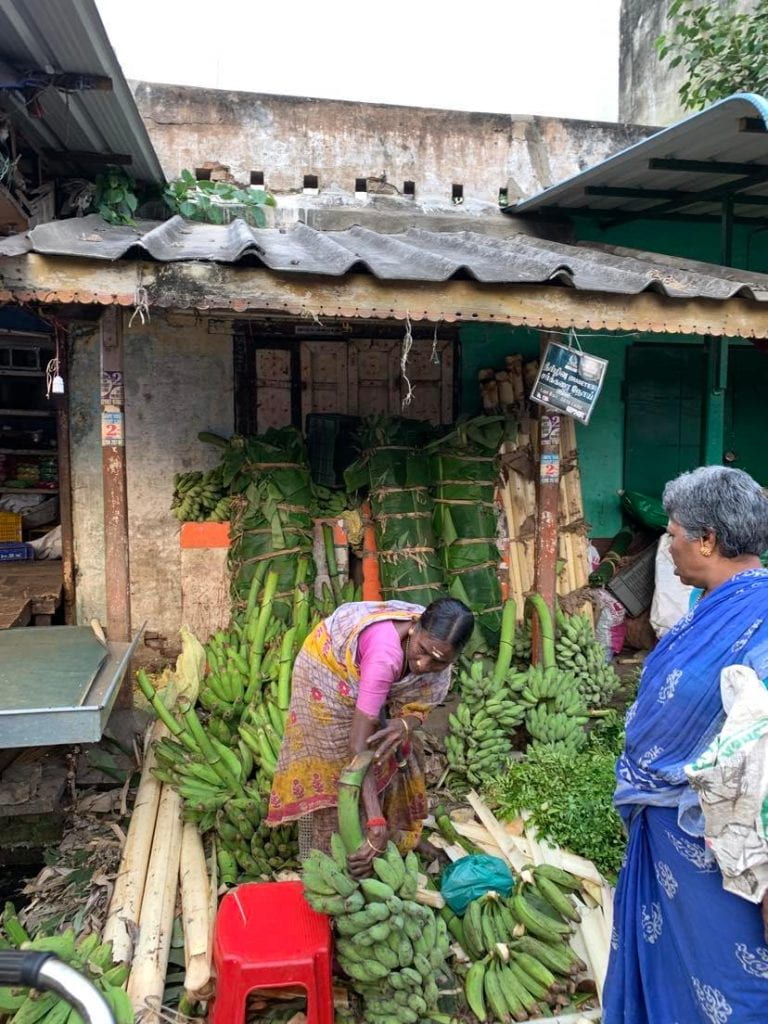
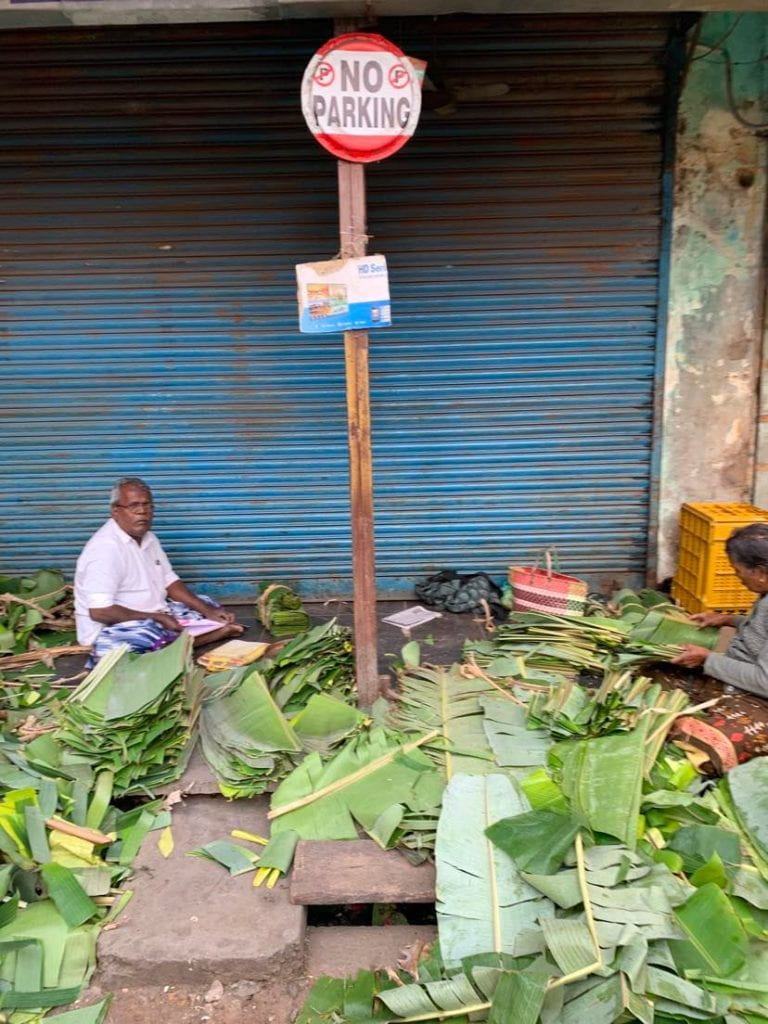
- Restoration of neglected infrastructure and materials
India is constantly under construction because of a fast-growing population. Interestingly, there are many half-finished buildings being repurposed for another use, or another family to live. Beside redundant buildings, most land area (in the city) is used for something- food production, sales, or housing. We visited the Trash Mahal in Auroville, a building created with tree trunks from the land, coconut tree flooring, and pressed tetra-pack (like soy milk bottles) corrugated roofing – all things that would have gone to waste.
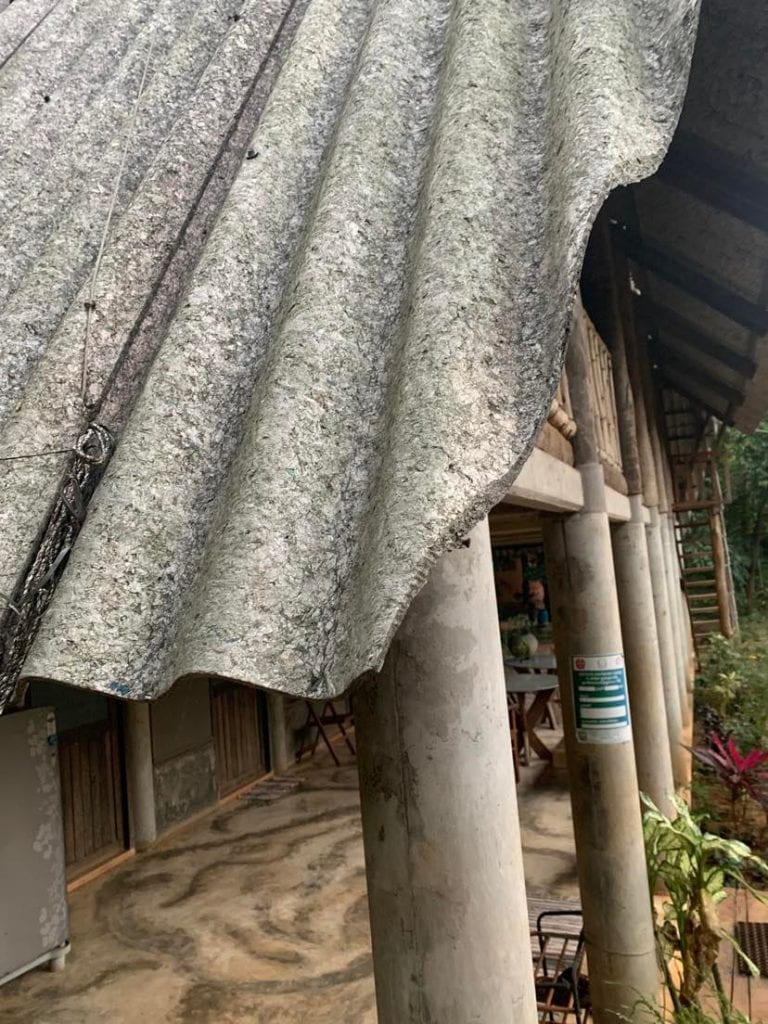
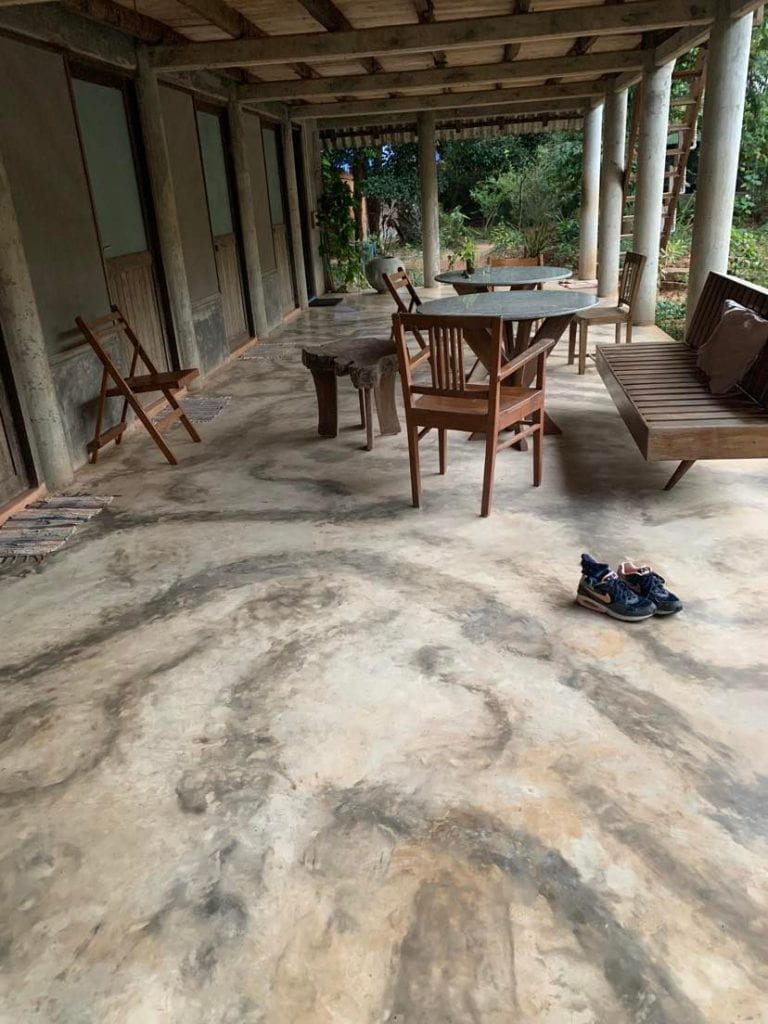
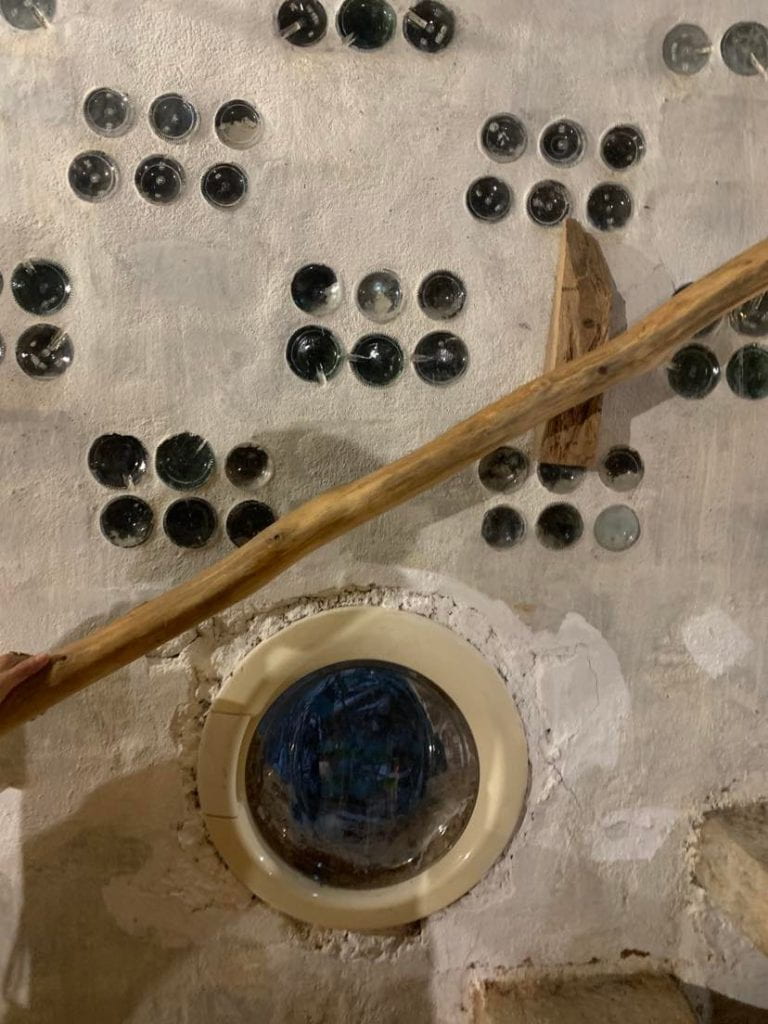
- Spaces facilitating the sharing of knowledge, resources, art, stories
There are temples, shrines, ashrams, gurdwara, mosques, churches and cathedrals on every street. Only 1% of India identify has atheist, religion and faith are integral to every part of Indian culture. These regular congregations are centred around a joint experience and sharing stories. I loved seeing an Akshaya Patra NGO sharing shelf where you can donate your clothing, hygiene products or food. It read “No one has ever become poor by giving.”
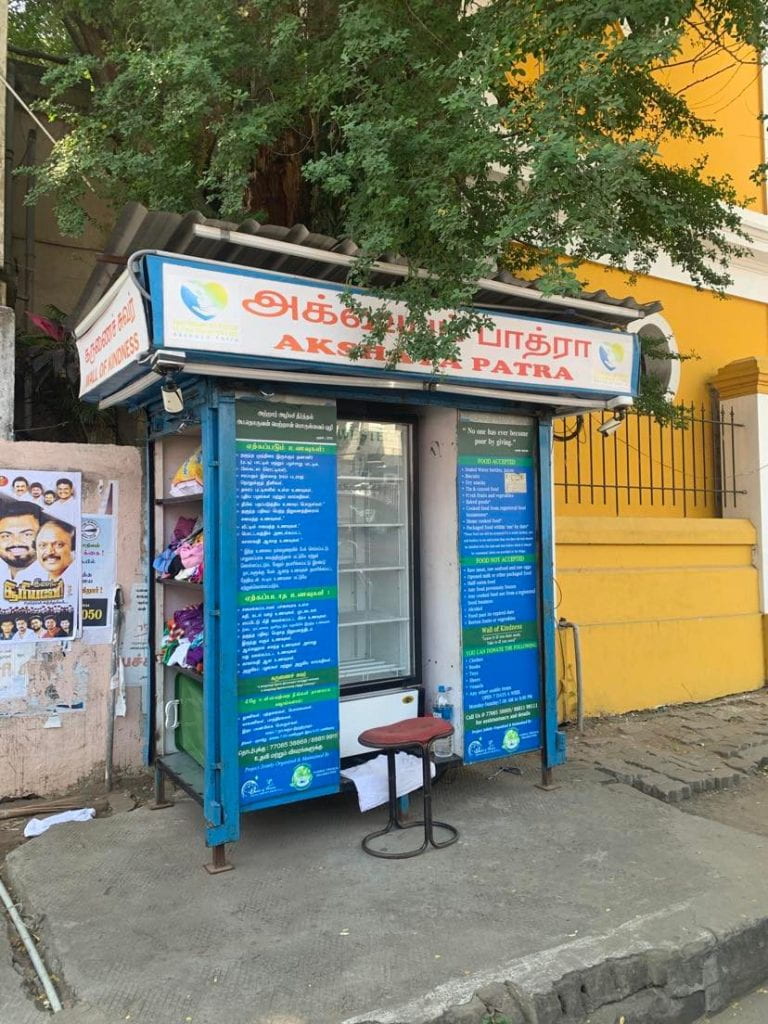
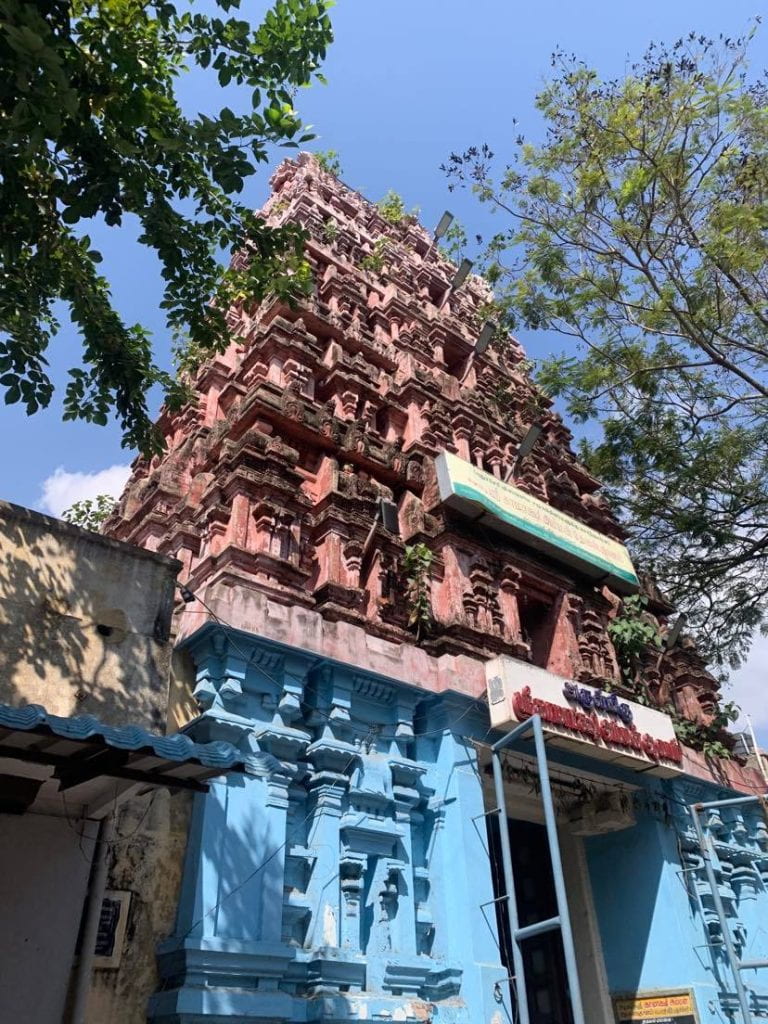
- Clear communication
There is so much signage in India… not sure what it says or how informative it is, but there is a lot! Mostly advertisements of the same Tamil actor and his all-male cast…
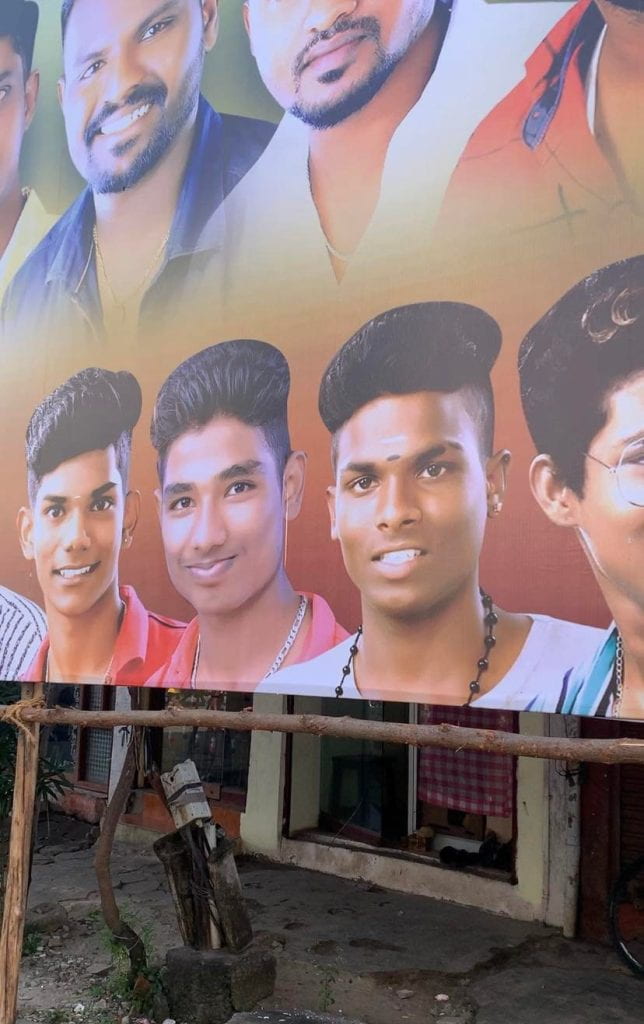
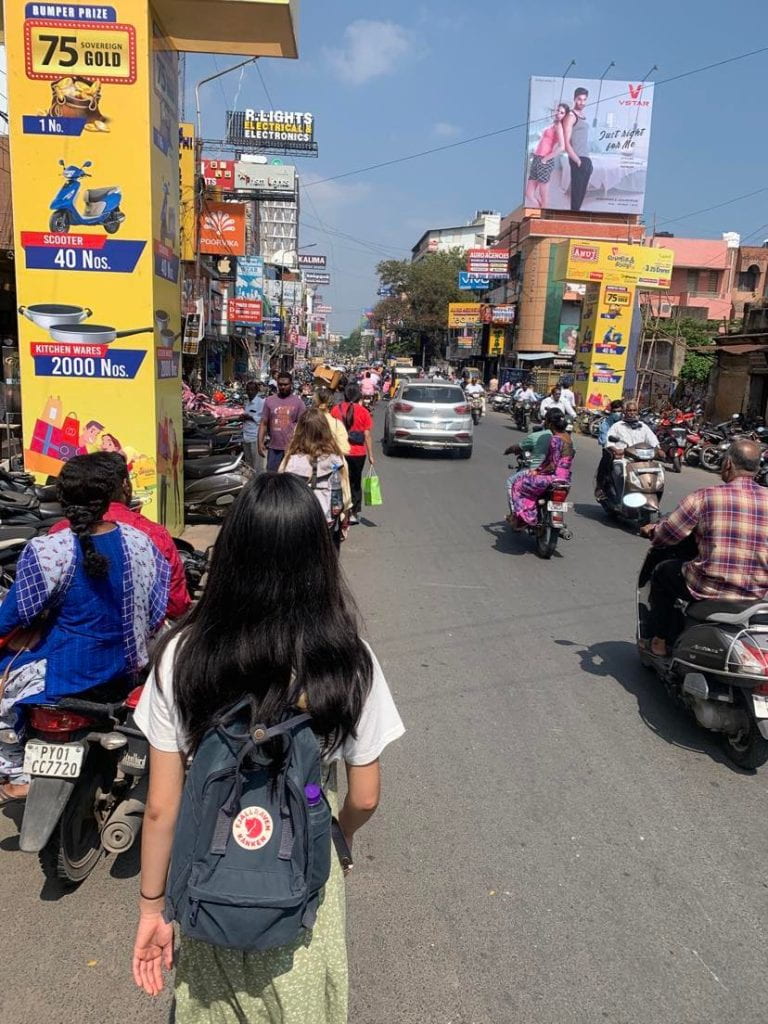
- Joy, novelty, play, interaction
India is the most COLOURFUL place I have been in my life. It is still shocking to see every home painted a bright colour. Buildings also contain fascinating amounts of seemingly superfluous decoration, yet this is a form of generosity- providing more than the bare minimum.
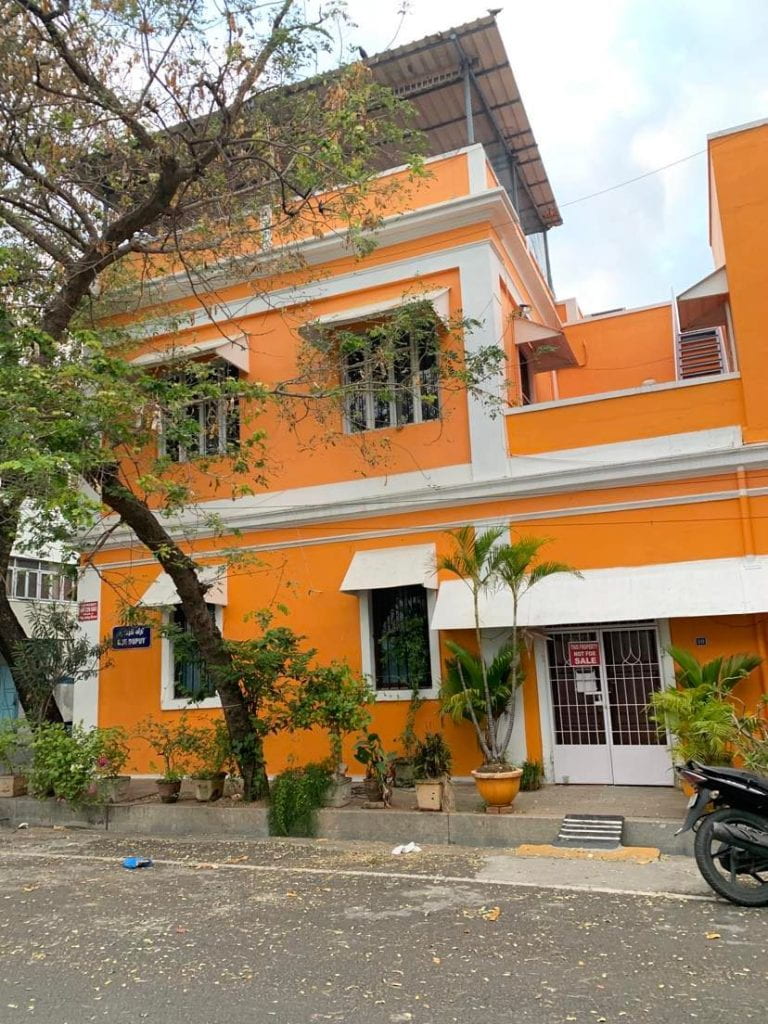
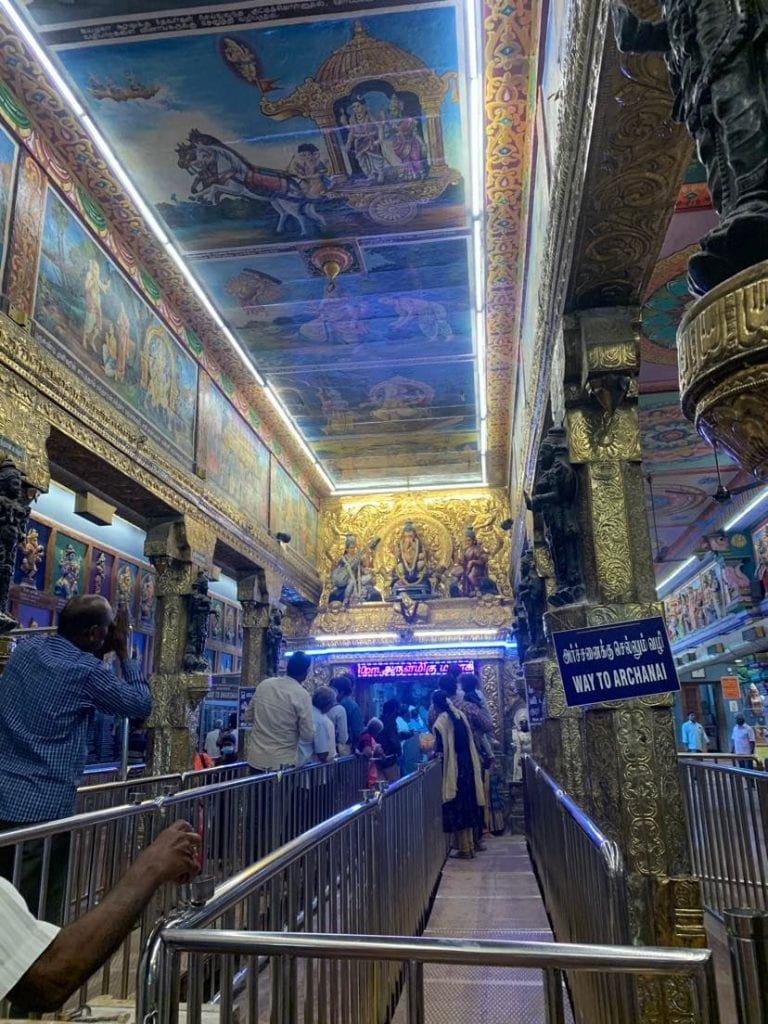
- Social connection and community growth through contribution
There is a big cultural difference in how people spend time. There is a slower pace of life – although it appears crazy busy because of higher densification. As a default, people live outside of their homes in comparison to Aotearoa, where we hang out as default in cafes or private homes. I enjoyed visiting an ancient rock-cut temple and seeing people having picnics in groups; seemingly simple, but it made a big impression on me!
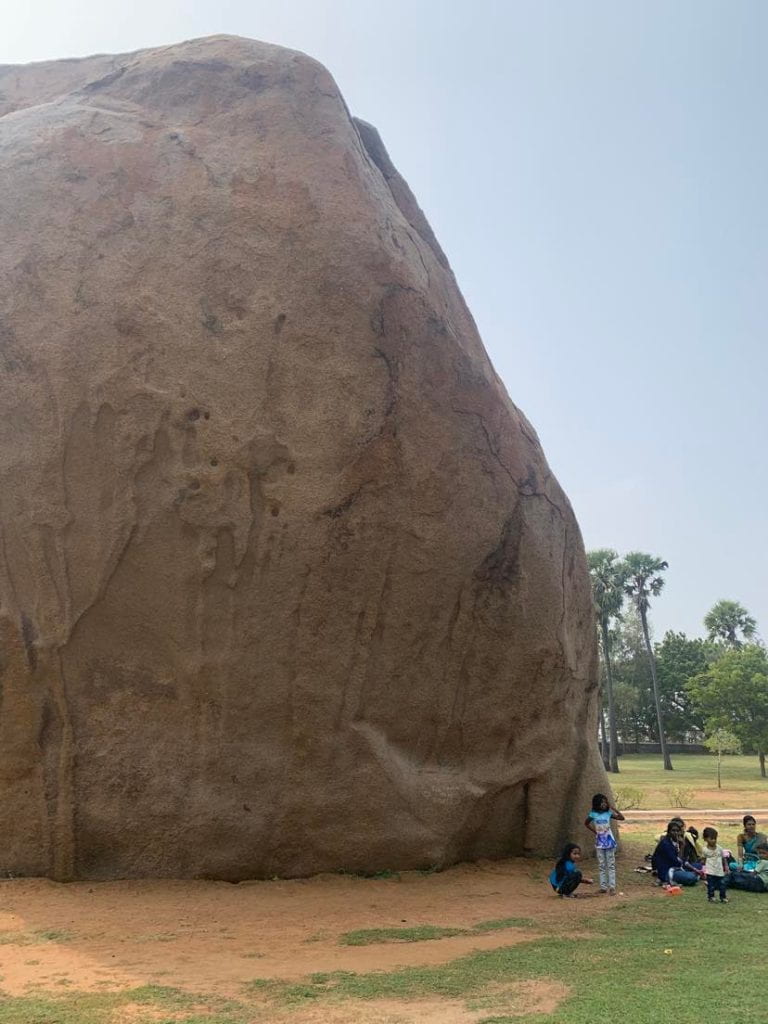
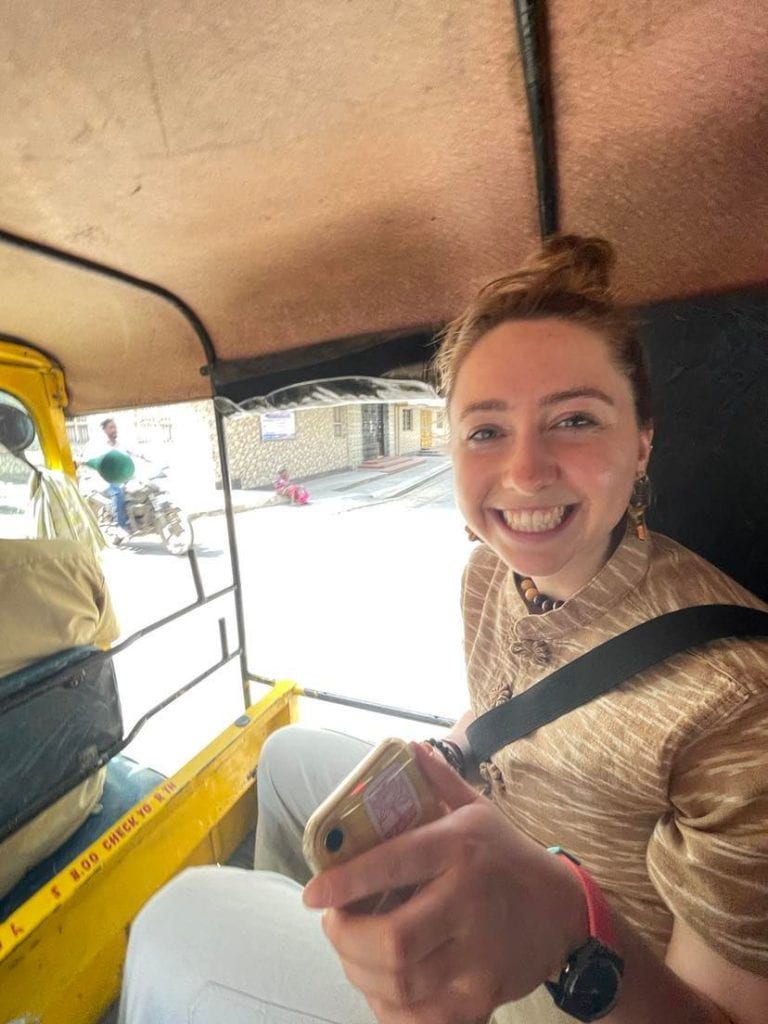
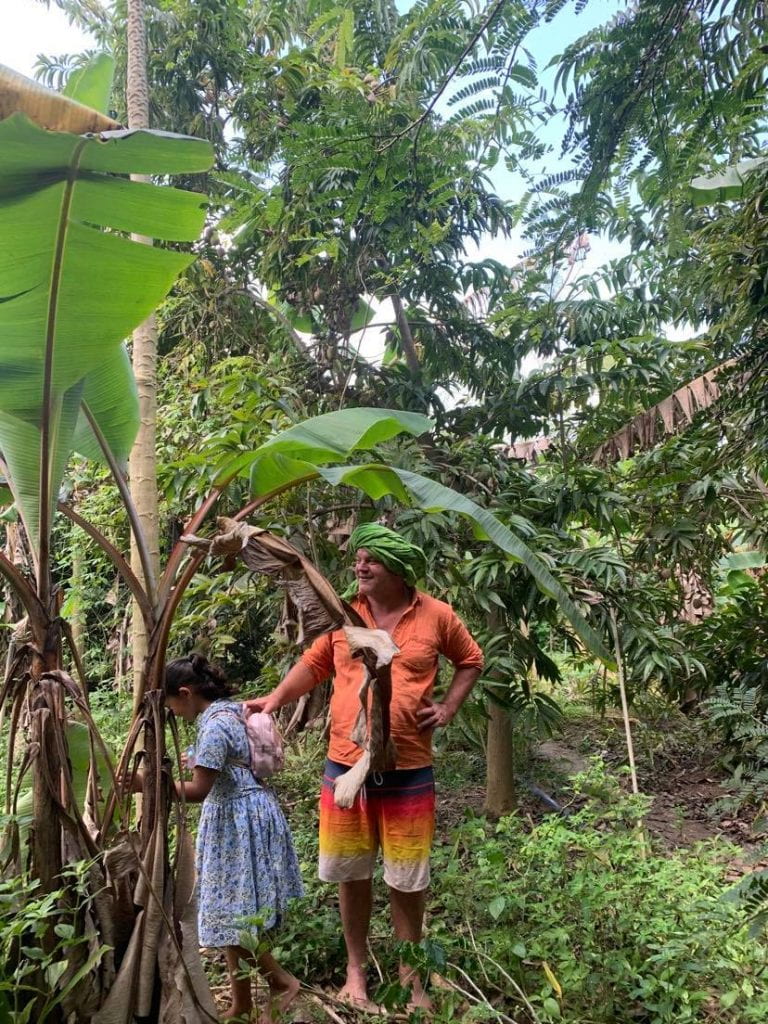
We visited Solitude Farm – a food forest in the Auroville community, walking a path back to nature by reconnecting knowledge of where food comes from. Krisha McKenzie who oversees farm production said, “abundance decreases greed.” Generosity breeds generosity and it has been wonderful to witness in Pondicherry. Thanks for reading!
Blessings.
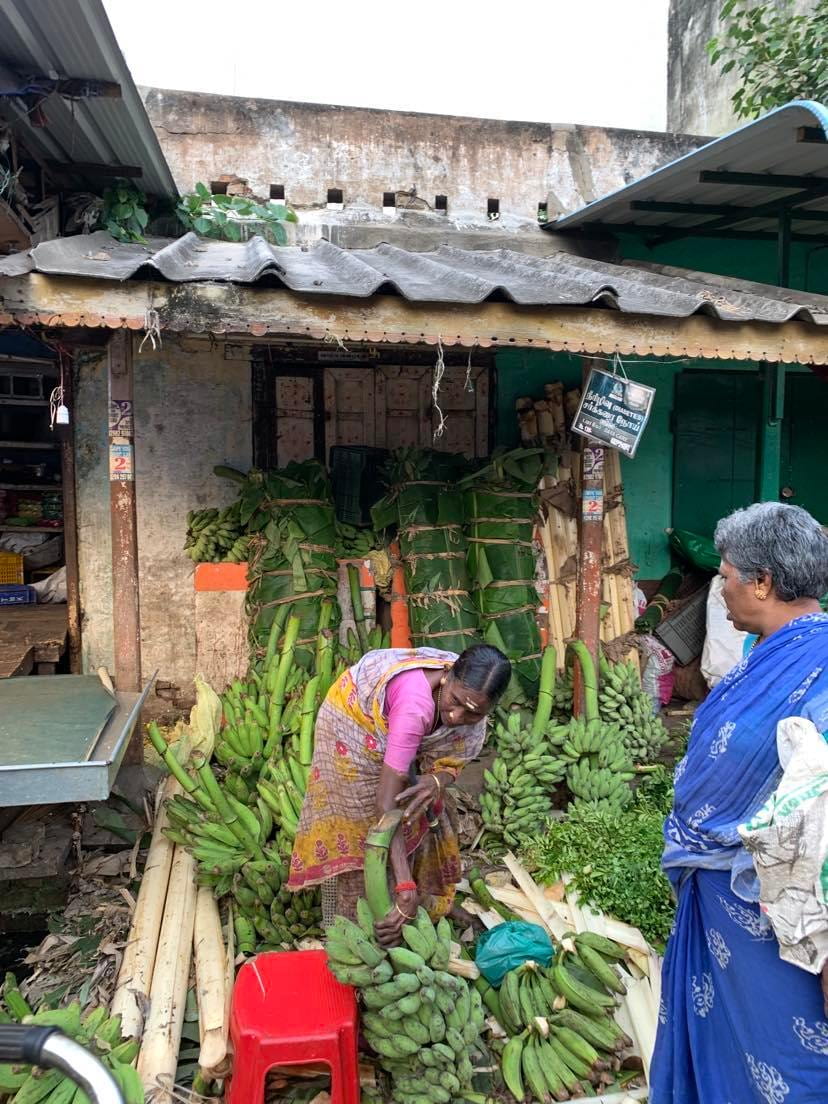
So great to read about your experiences, Zoë. And to see your beautiful photos. Thanks for sharing ♥️
So many great insights Zoë, after just one week. Thank you for sharing your beautiful photos, and your thoughtful reflections. The use of waste products for building is inspiring, as are the examples of sharing and generosity you have recorded.